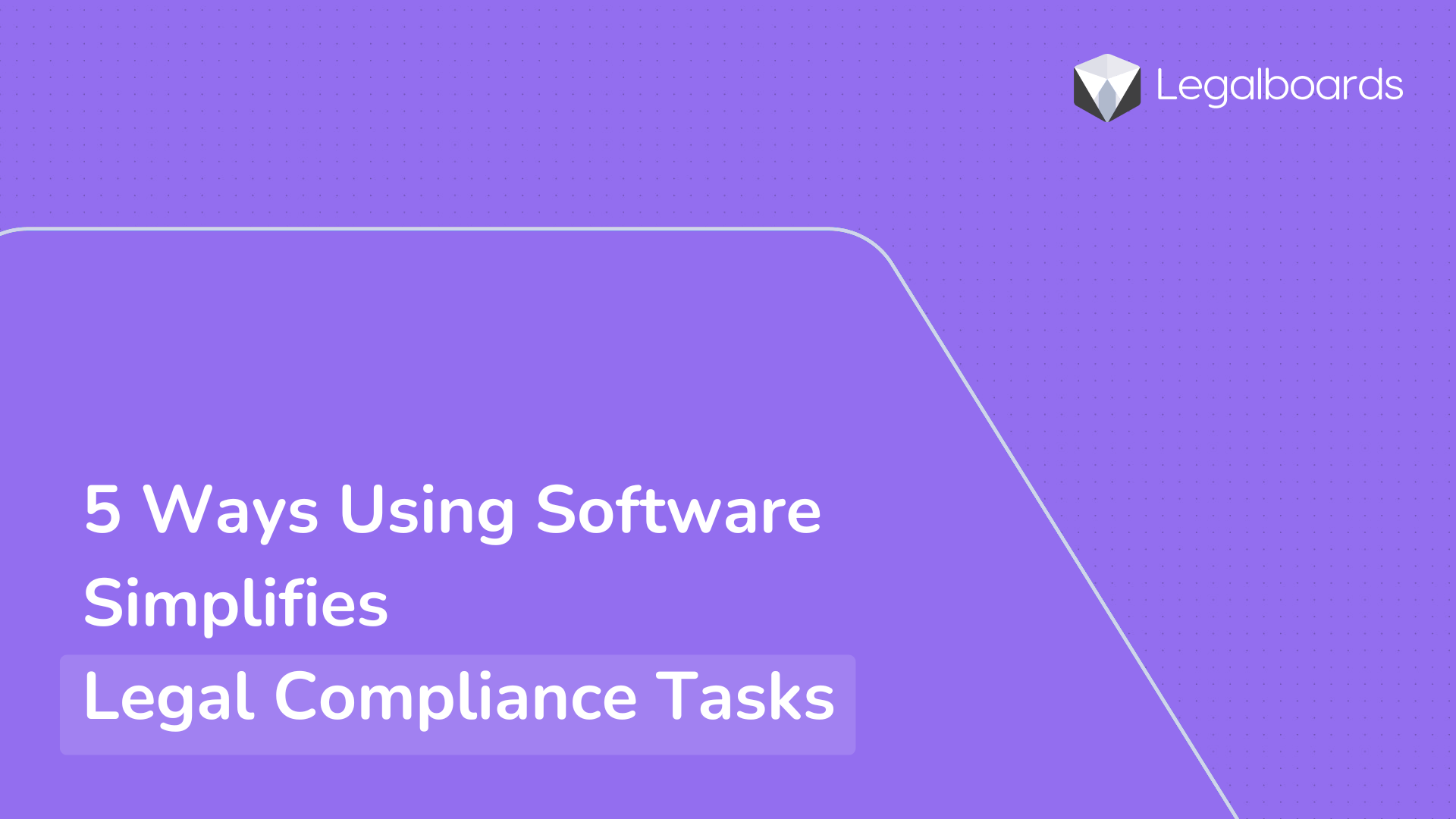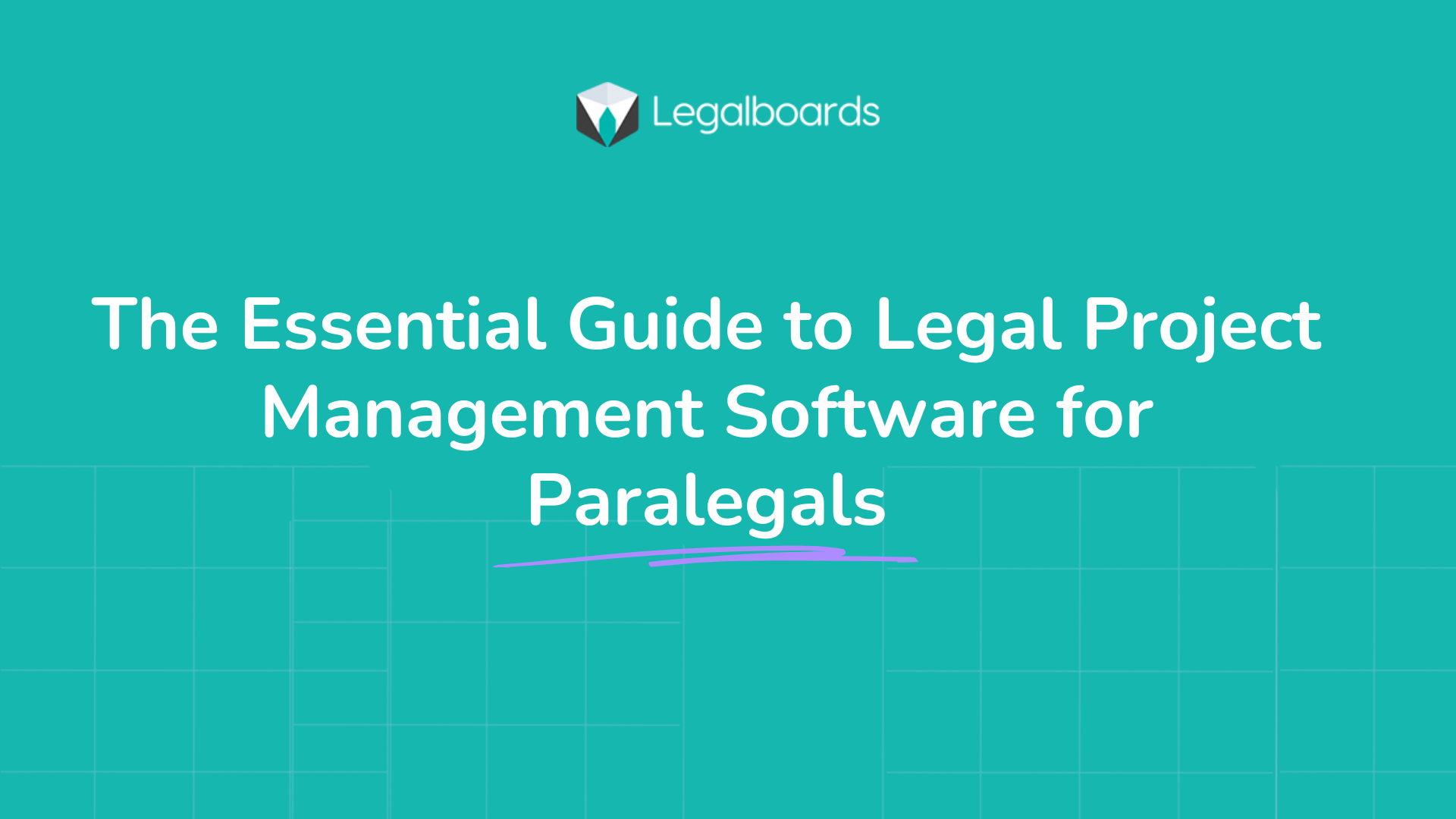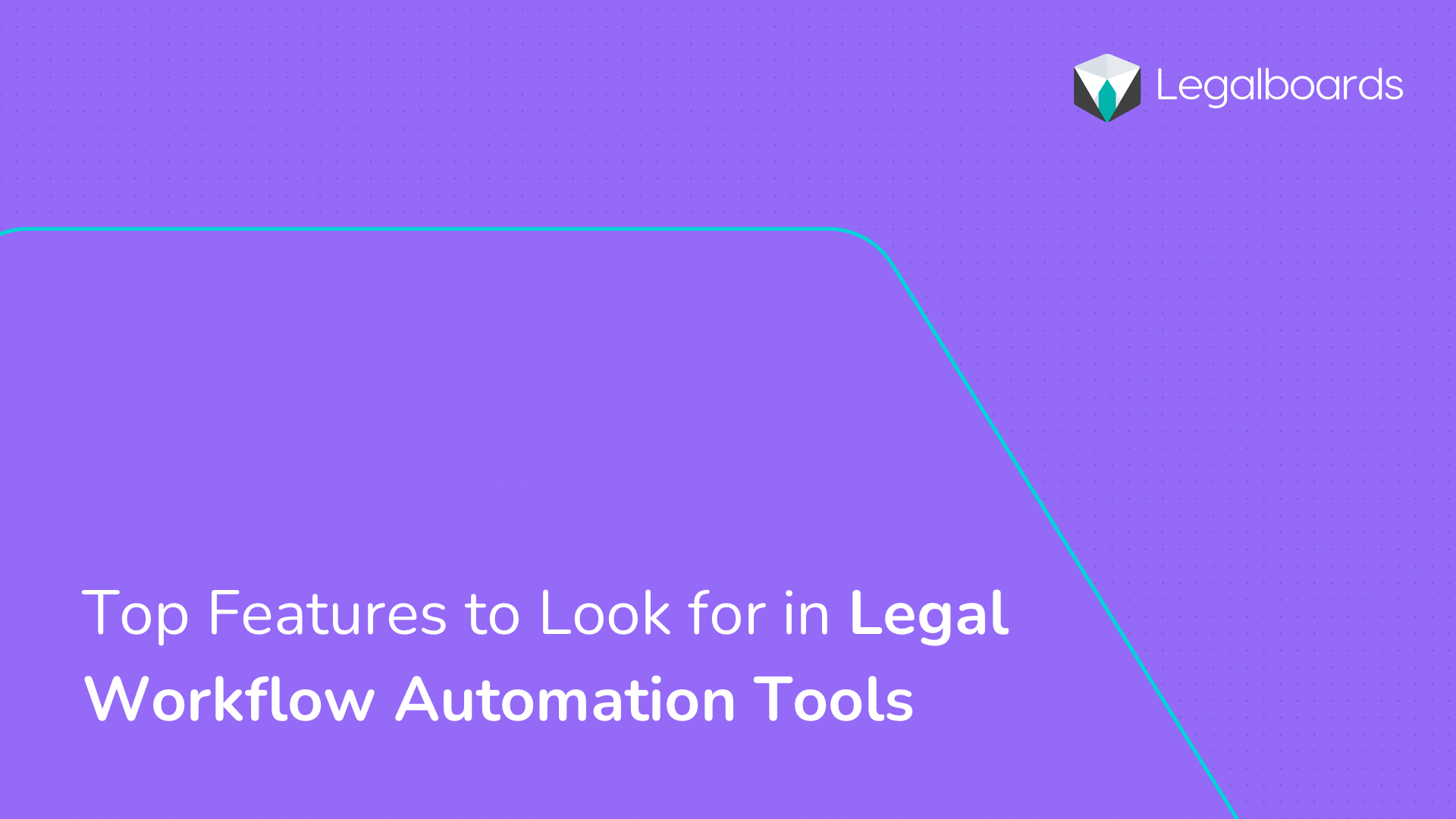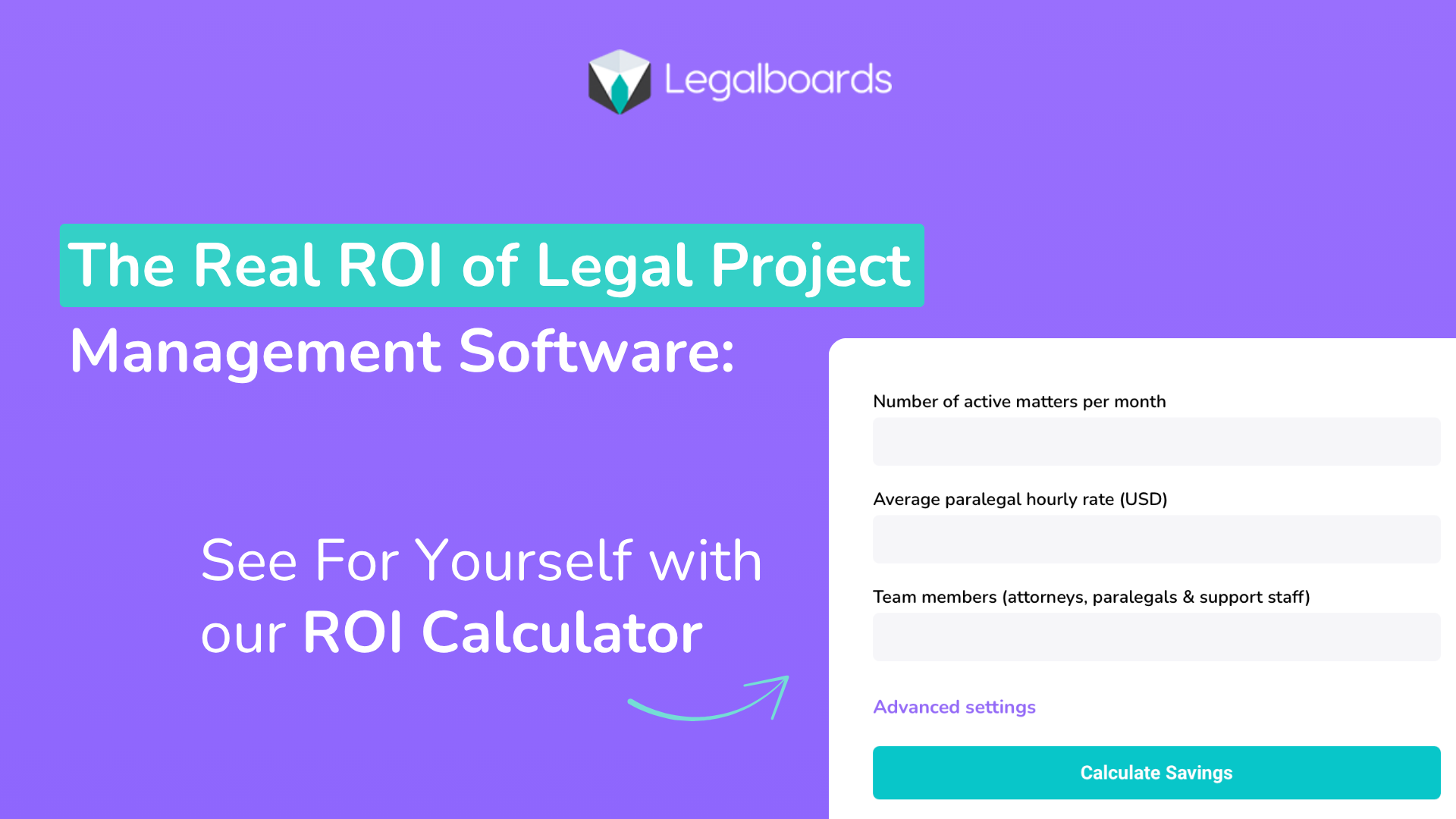Staying compliant is one of the most demanding aspects of running a law firm. Whether it’s ensuring deadlines are never missed, securely managing client documents, or preparing for audits, compliance tasks can quickly overwhelm even the most organized teams.
Traditionally, firms relied on spreadsheets, manual reminders, and paper records to keep track of obligations, but in today’s fast-paced legal environment, those methods no longer cut it.
Modern legal software offers firms a powerful means to simplify compliance, mitigate risk, and free up time to focus on delivering exceptional client service.
By automating repetitive processes and centralizing information, firms can stay ahead of regulatory demands while improving operational efficiency.
Below, we’ll explore five key ways that software makes compliance easier and more reliable.
1. Automated Deadline Tracking
Missed deadlines are one of the biggest compliance risks for any law firm. Filing dates, court appearances, and renewal periods are often inflexible, and overlooking even a single deadline can result in fines, client dissatisfaction, or even malpractice claims.
Legal software streamlines this challenge with automated deadline tracking. Instead of relying on sticky notes, emails, or memory, important dates are entered into a central system that triggers reminders and alerts.
This ensures that everyone on the team is aligned and that critical compliance events are never overlooked.
In this way, automation provides peace of mind while also reducing the administrative burden on attorneys and staff, freeing up more time for billable work.
2. Centralized Document Management
Another major hurdle in compliance is managing the large volume of sensitive documents required in legal practice. Paper files can be lost or misfiled, while unsecured email exchanges create significant security risks.
Firms that don’t maintain clear document control risk both data breaches and non-compliance with privacy regulations.
With centralized document management systems, firms can securely store, organize, and share files from one location.
Access permissions can be configured to protect confidential information, while version control ensures that staff are always working with the most up-to-date documents.
Built-in audit trails provide transparency by recording when files were accessed, edited, or shared, an essential safeguard for demonstrating compliance during reviews or audits.
3. Streamlined Communication and Collaboration
Compliance doesn’t just involve filing the right documents; it also requires seamless communication between attorneys, staff, and clients.
Miscommunication or delays can easily lead to compliance failures, especially in cases where multiple stakeholders are responsible for approvals or updates.
Legal software improves communication by centralizing collaboration. Instead of chasing updates through lengthy email chains, teams can communicate directly within the platform, assign tasks, and track progress in real-time.
Clients can also be granted secure access to specific documents or portals, ensuring transparency while minimising the need for back-and-forth communication.
This streamlined approach keeps everyone accountable and ensures that compliance responsibilities are clearly tracked.
4. Real-Time Compliance Monitoring
Compliance requirements are not static; they evolve in response to changes in laws, regulations, and client needs. Staying on top of these changes is one of the biggest challenges for firms, particularly those working across multiple jurisdictions.
Software solutions enable real-time compliance monitoring by generating alerts when tasks are overdue, requirements change, or risks are identified.
Many platforms also provide dashboards that visualize the status of compliance obligations, helping firm leaders spot potential issues before they escalate.
Instead of scrambling to react to problems after they’ve already occurred, firms can proactively manage compliance, which significantly reduces both risk and stress.
5. Simplified Audit Readiness
Audits are one of the most stressful parts of compliance for law firms. Gathering records, verifying accuracy, and proving adherence to regulations can take weeks of preparation when systems are disorganized.
For firms relying on manual tracking, this process often means combing through emails, spreadsheets, and paper trails, a task that is not only inefficient but also prone to errors.
Software simplifies audit readiness by maintaining complete, organized records automatically.
Audit trails record every action taken within the system, from document edits to task completions, ensuring that firms have verifiable proof of compliance activity.
When an audit does arise, firms can quickly generate reports and provide clear documentation, saving time while demonstrating professionalism and reliability.
Reducing Risk and Increasing Productivity
Compliance will always be a critical responsibility for law firms, but it doesn’t have to be a constant source of stress.
By leveraging modern software tools, firms can automate routine tasks, centralize information, and maintain real-time visibility into compliance obligations.
These systems not only reduce risk but also free attorneys and staff to focus on what matters most: serving clients effectively.
In a competitive legal market, simplifying compliance with the right technology isn’t just a matter of convenience; it’s a necessity for long-term success.
Your Questions, Answered
How can software help track compliance deadlines?
Compliance deadlines can be complex, with varying requirements for different cases. Legal software centralizes these deadlines, sends automated reminders, and ensures no key dates are missed.
👉 Legalboards specifically allows firms to link tasks and milestones directly to case workflows, providing real-time visibility and alerts for upcoming compliance deadlines.
Can document management tools improve regulatory compliance?
Yes. Secure document management systems organize legal files, control access, and maintain an audit trail for regulatory inspections.
👉 Legalboards integrates seamlessly with popular document systems, allowing teams to share, store, and track case files while maintaining compliance standards.
How does automation reduce compliance risk?
Automation reduces human error by standardizing repetitive compliance tasks, such as form submissions and client notifications.
👉 Legalboards enables you to automate workflows, task chains, and approvals, ensuring each step aligns with regulatory requirements without requiring manual oversight.
What role does reporting play in legal compliance?
Reporting provides transparency, identifies bottlenecks, and helps firms prove adherence to legal standards
👉 Legalboards offers built-in reporting tools that track task completion, workflow progress, and compliance metrics, giving managers a clear, real-time view.
How can software help manage client consent and approvals?
Managing client approvals manually is time-consuming and prone to mistakes.
👉 Legalboards enables digital approvals, e-signatures, and consent tracking directly within workflows, ensuring every client interaction is documented and compliant.
Can legal software improve cross-team compliance and collaboration?
Absolutely. Software ensures all team members have access to the same, up-to-date compliance information.
👉 Legalboards provides shared boards and custom workflows, allowing attorneys, paralegals, and support staff to coordinate seamlessly while meeting compliance obligations.
How does legal software handle multi-jurisdiction compliance requirements?
Software can be configured to accommodate varying rules and regulations across jurisdictions, thereby reducing errors.
👉 Legalboards allows custom workflows and task statuses to reflect jurisdiction-specific compliance steps, keeping your firm aligned no matter where you operate.







